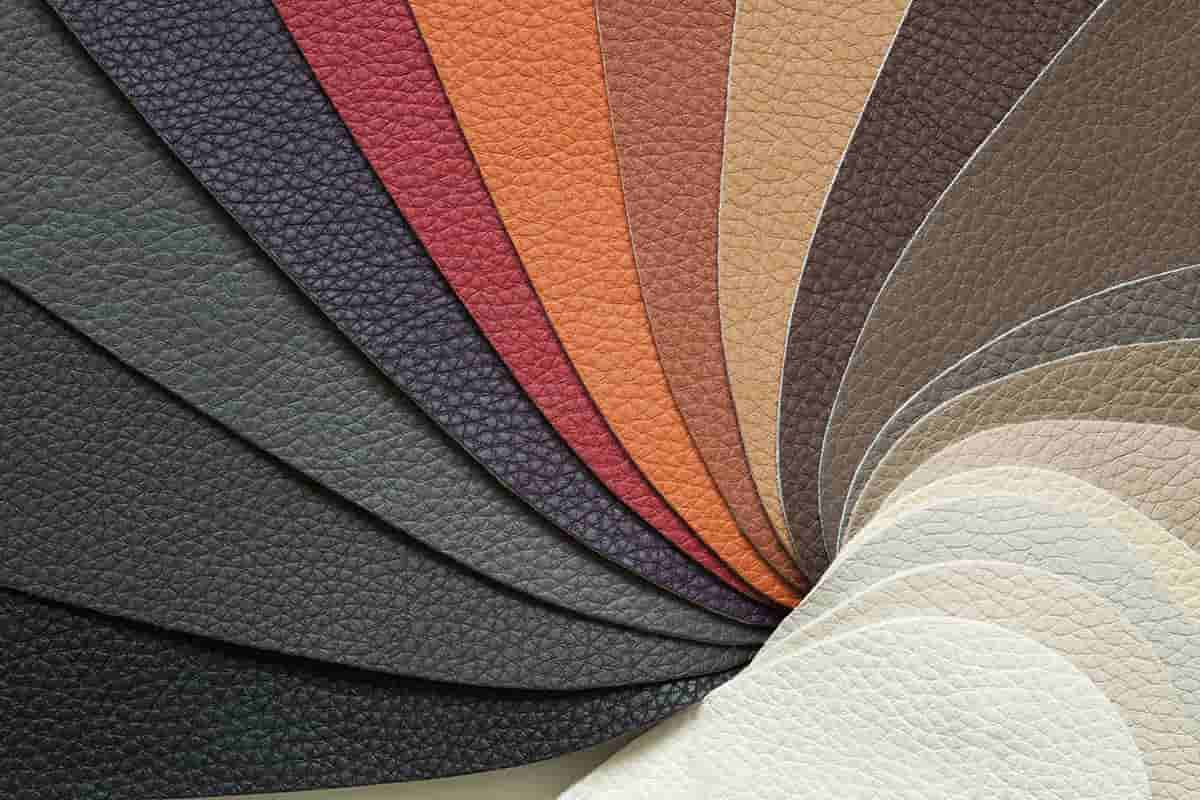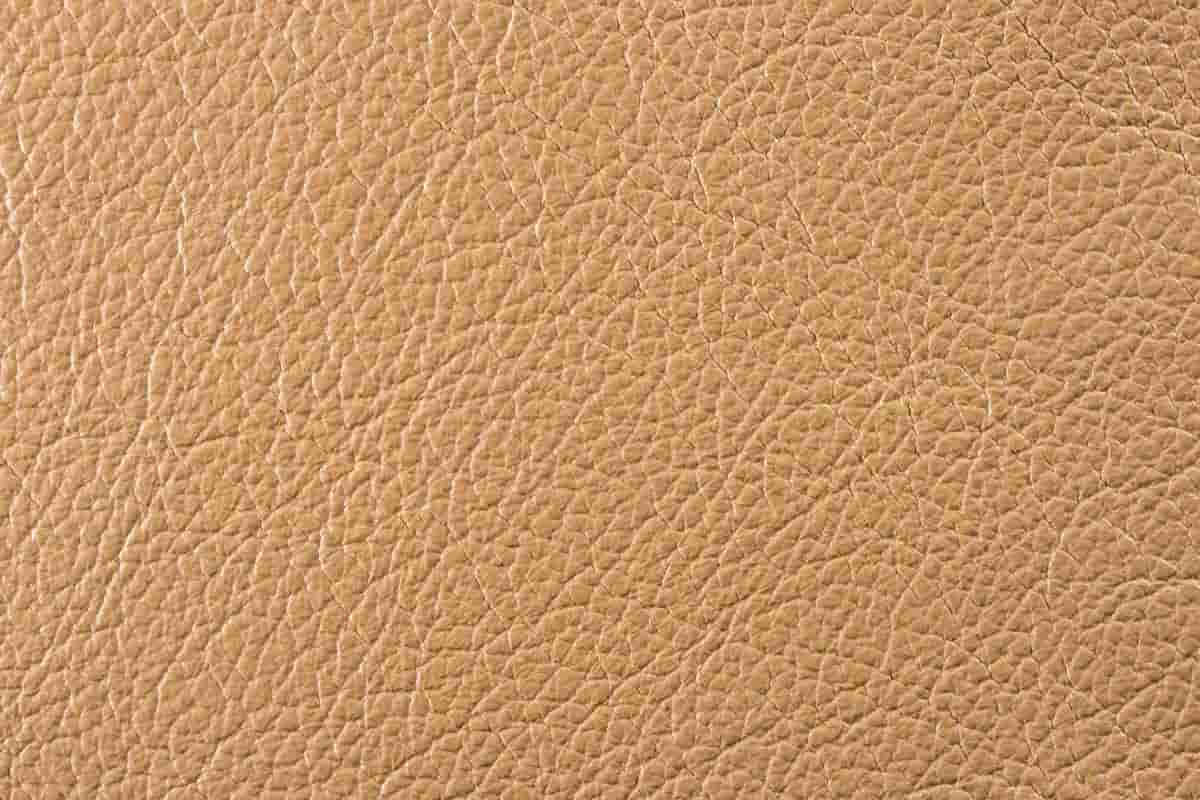By reading this article, you will know what the definition of cow floater leather and pebbled leather is. Now is the time to educate yourself on the distinctions between the most common types of cow leather.
cow floater leather
Floater leather, which is one of the leathers that is employed in the manufacturing of leather goods to a far greater extent than other types of leather, is characterized by extremely minute ridges and linear patterns. This processing method results in the leather having a high level of softness and smoothness, and it can be produced in cow and goat leather. The reason for this leather’s high level of flexibility in comparison to other types of leather is that the tanning process takes a long time and exposes it to chemical solutions. High resistance to wear and scratching is achieved by the lines and ridges that are present on the leather. The finer the grain of the leather, the higher the density of the leather, and the higher its resistance. This model is made from natural leather, and it is highly regarded by both men and women due to the fact that its design is uncomplicated and can be easily integrated into their everyday attire. History of pebbled leather, also known as floater leather The process of embossing designs into leather is by no means a novel one. An historical tale from Scotland that dates back to the 18th century claims that a native tanner was the one who came up with the idea for this type of leather. According to the legend, the tanner creates a vast pile of leather and places it on the stone floor of his workplace, which is uneven. When he returns to the skin after being absent for a few weeks, he observes that the bottom skin now has a pattern like pebbles. 
cow floater leather history
This occurred as a result of the downward pressure that was exerted by the weight of the other skins. Taking into consideration that “scotch grain” might also refer to “pebble leather” or “floater leather,” It’s possible that another narrative contains some grain of truth. The procedure for producing pebbled leather was first documented in the 19th century. Woodman applied for a patent in 1864 for a machine he had built to improve leather decorating. Prior to that time, the technique had been carried out manually, which was a very lengthy and arduous operation. Tanners were able to create pebbled leather in revolutionary new ways using Woodman’s mechanical technology, which needed minimal physical effort on their part. In the early 20th century, this method became widely used almost immediately. This leather style eventually became a well-liked option for men’s shoes like loafers and derbies. At long last, it was the fashion industry and labels such as Chanel and Gucci with their pebbled leather bags that brought it widespread recognition. The advantages that can be gained from using pebbled leather or floater Pebbled leather and floater both have a strange appearance, which is, of course, part of their allure. The pebbled texture can be found on anything from backpacks by Tom Ford to tote bags by Yves Saint Laurent. However, there are many who favor the suppleness of classic leather. The fact that this leather type is less likely to scratch is still another benefit of purchasing it. Minor scratches are successfully concealed thanks to the combination of the semi-embossed surface and the uneven line pattern. If you are a provider of leather goods, yet your products frequently have tiny flaws, pebbled leather may be the solution for you. Because it covers up any flaws, using a specialized linear design on these leather items is an effective way to give them new life. They can now be utilized in the manufacturing of high-quality leather items.











Your comment submitted.